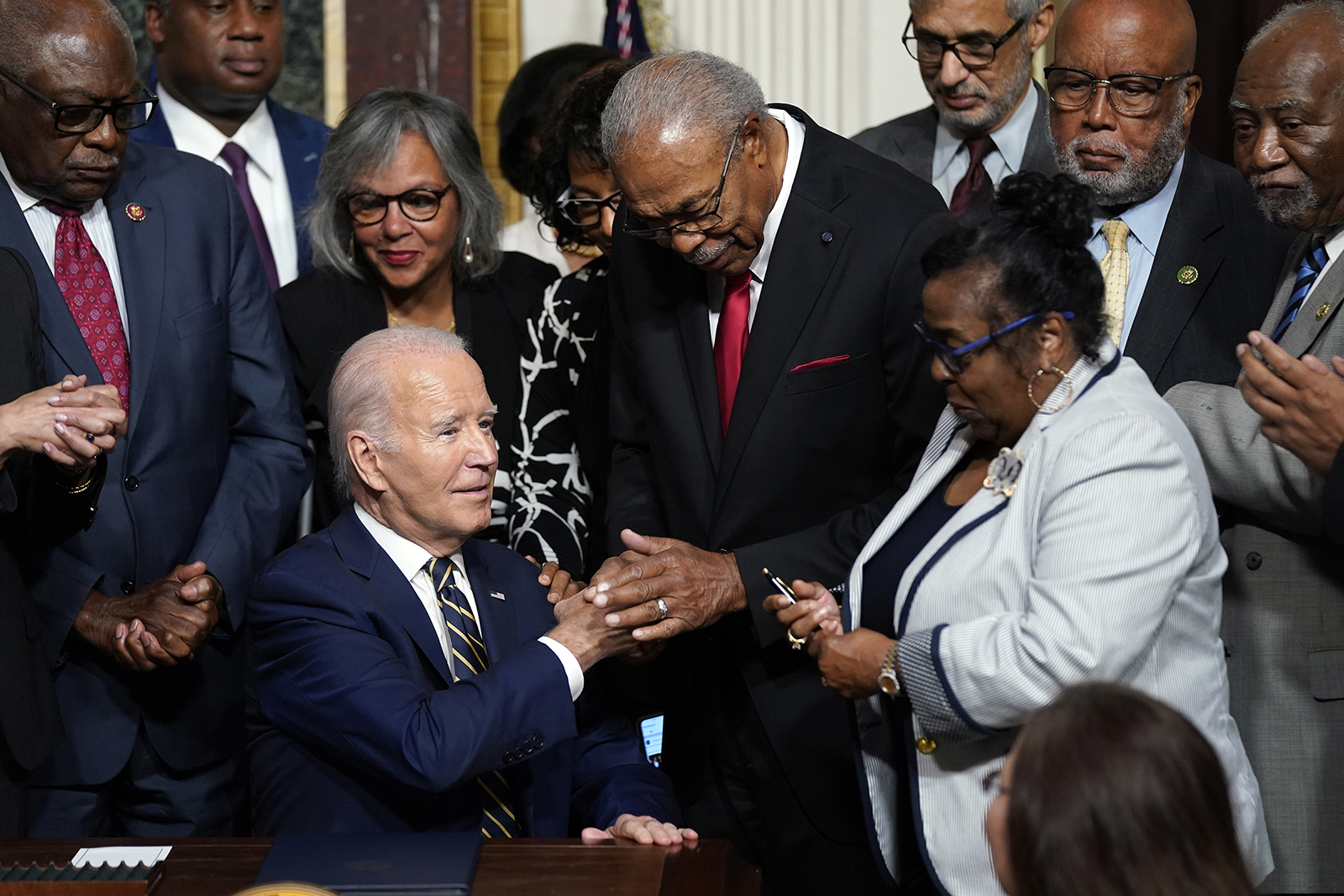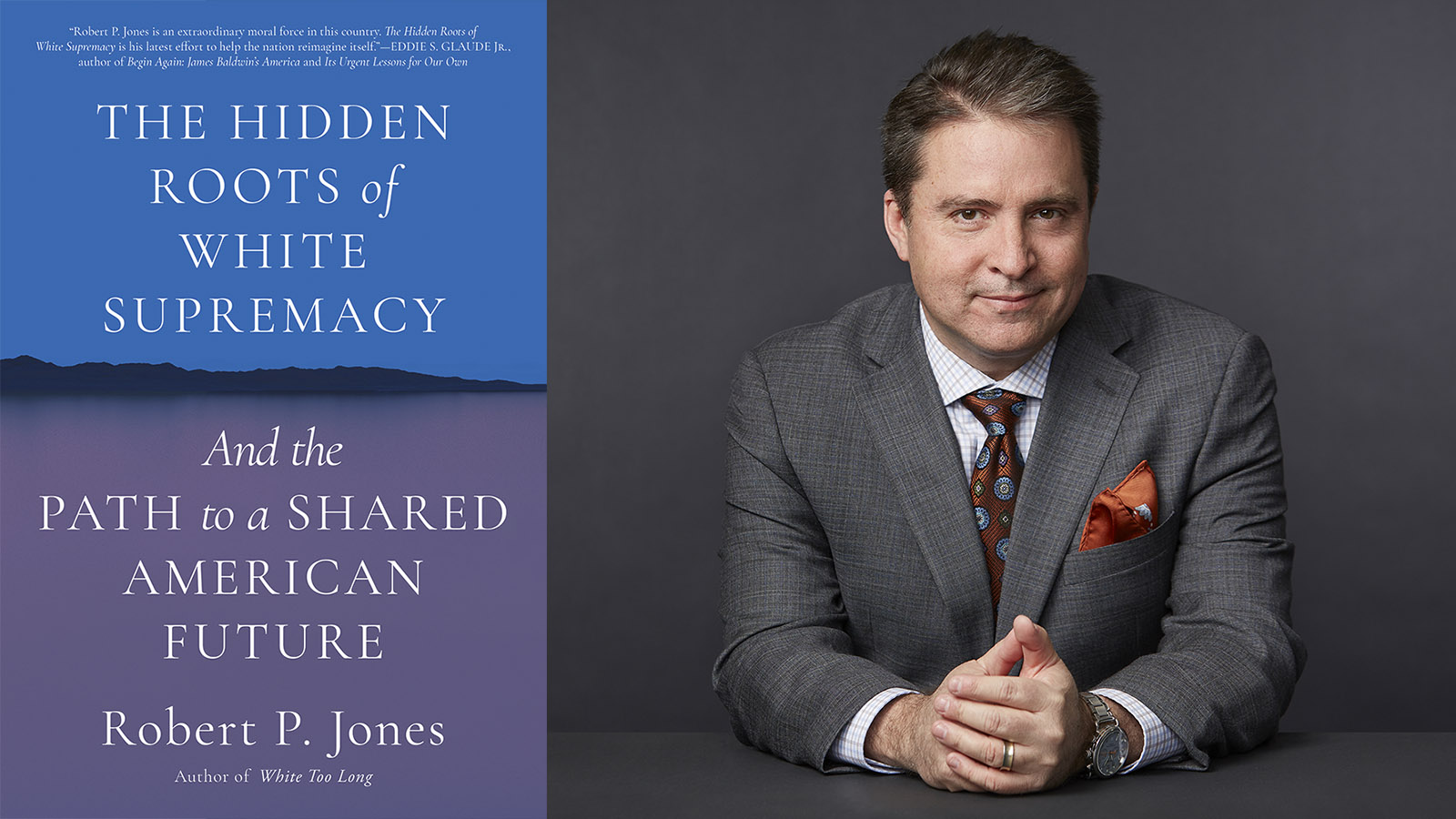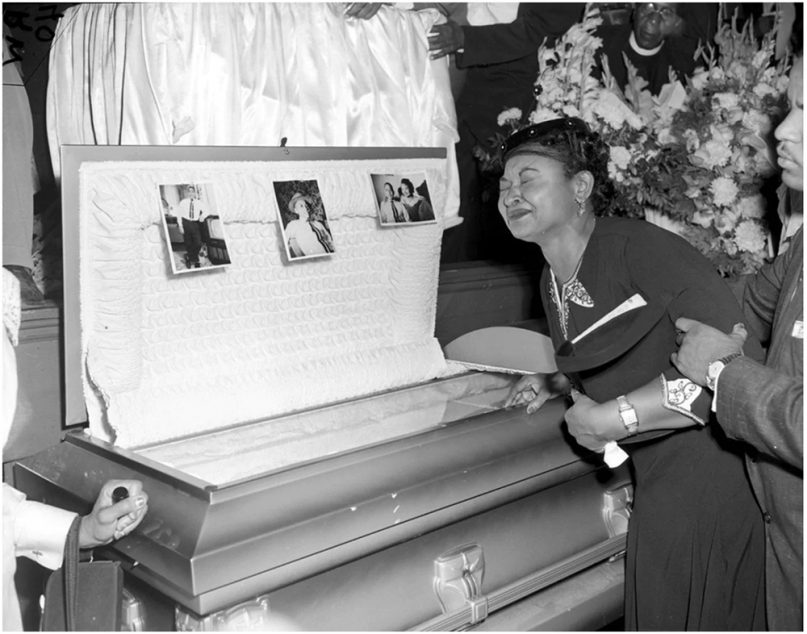(RNS) — On Aug. 14, six white former Mississippi policy officers pleaded guilty to torturing two Black men with tasers and a sex toy for 90 minutes, after kicking in the door to the men’s home without a warrant.
The group, which dubbed itself “the goon squad,” taunted them with racial slurs, telling the men to “stop taking advantage of a white woman who lived there” and “go back to Jackson or ‘their side’ of the Pearl River.” Only after a gun went off during a staged mock execution, shooting one of the men in the mouth, did the violence cease as they hastily tried to cover their tracks. The two victims survived, but they will undoubtedly be scarred by this experience for the rest of their lives.
This horrific news comes just 20 days after President Joe Biden’s July 25 proclamation establishing the Emmett Till and Mamie Till-Mobley National Monument, on what would have been Emmett Till’s 82nd birthday. The new monument will be jointly located in Mississippi, where he was tortured and murdered in 1955 at age 14, and in Illinois, where he spent his childhood and is buried.
The establishment of the new national monument is undoubtedly a sign of progress. In an emotional speech during the signing ceremony at the White House, the Rev. Wheeler Parker Jr., Emmett Till’s cousin who was in the next room when Till was abducted by two white men at gunpoint in the middle of the night, spoke of moving from “a time when we lived in fear” to “a moment like this, standing in the light of wisdom, grace and deliverance.”

President Joe Biden shakes hands with the Rev. Wheeler Parker Jr. as Marvel Parker holds a signing pen at right, after Biden signed a proclamation to establish the Emmett Till and Mamie Till-Mobley National Monument, in the Indian Treaty Room on the White House campus, July 25, 2023, in Washington. (AP Photo/Evan Vucci)
The continued legacy of white supremacy is evident, however, in the eerie parallels between these incidents, which are separated by nearly seven decades. If we trace the historical stream further back, we can see, in Emmett Till’s story, America’s oldest struggles. Indeed, the land itself testifies to the chain of events that created the cultural world in which Till’s murder was conceivable.
RELATED: Robert Jones’ new book roots white supremacy in 500-year-old papal decree
The names on contemporary maps hark back four centuries to the encounter between Indigenous peoples and the first Europeans seeking new acquisitions in the name of the church and Christian nations. Tallahatchie County and the Tallahatchie River, where the broken body of Emmett Till was found, retains its Choctaw name meaning “rock of waters” for the iron sandstone outcroppings near its source. Nearby DeSoto County was named after Spanish conquistador Hernando de Soto, who reached the Mississippi River in 1541, exactly 400 years before Till’s birth. De Soto claimed the land for Spain, with military might supplied by the crown and moral justification supplied by the church and its Christian Doctrine of Discovery, which asserted the religious and racial superiority of Europeans over Indigenous peoples.
This significant event is memorialized today in one of four massive 8-by-12-foot paintings hanging in the rotunda of the U.S. Capitol. (Don’t miss the significance of the artillery in the bottom left corner and the giant crucifix in the bottom right corner.)
Nearly three centuries after de Soto, this ethno-religious worldview remained a driving force in American culture, fueling President Andrew Jackson’s merciless “Indian removal” policy. In the unusually bitter winter of 1831, near the point of de Soto’s Mississippi River crossing, the young Frenchman Alexis de Tocqueville, who was visiting the U.S. to observe American democracy in action, was also a witness to this atrocity. He vividly described the death and misery that accompanied these forced migrations of our land’s original inhabitants as “sufferings that I have not the power to portray.”
Money, Mississippi, the tiny town where Till had his fateful encounter with Carolyn Bryant at a local store, was named after Confederate officer and later U.S. Sen. Hernando De Soto Money, whose name and commitments vividly tie together the conquest of Native peoples and the enslavement of African peoples in the name of Christianity and “civilization.”
These cartographical testimonies — not only in the Mississippi Delta but in every state in the nation — preserve clues to a hidden past that helps explain our divided present.
Today our strongest debates are marked less by philosophical disagreements over policy than by visceral battles over American identity and history. The dramatic demographic changes the country has undergone over the last 20 years — from a majority white Christian nation to one with no single majority ethno-religious group — have resurfaced a fundamental question that has never fully been resolved: Are we a divinely ordained promised land for Christians of European descent in which all others have their subservient place, or are we a pluralist democracy in which everyone stands on equal footing as citizens?
Just as white authorities in Mississippi attempted to hastily bury Emmett Till’s body before Mamie’s courageous demand to “let the people see what they did to my boy,” there are those today who want to hide the challenging parts of our past. At the White House signing ceremony establishing the new Till national monument, Vice President Kamala Harris castigated this impulse, declaring: “Let us not be seduced into believing that somehow we will be better if we forget. We will be better if we remember. We will be stronger if we remember.”
America is, thankfully, a nation that is tearing down Confederate monuments to white supremacy and erecting new monuments to racial equality, signaling a public commitment to a better future. But America is also the nation in which six white police officers, in 2023, tortured and nearly killed two Black men, driven by these same ancient forces of hate.
Telling Till’s story — and understanding it as our story — is important because it establishes an honest place to stand and to say, collectively, “No more.” Such truth-telling is vital for healing relationships, repairing the damage, and for any viable future we might yet have together as a multiracial, pluralistic democracy.
(This essay is adapted from material in Robert P. Jones’ new book, “The Hidden Roots of White Supremacy and the Path to a Shared American Future,” which will be published by Simon & Schuster on Sept. 5.)

“The Hidden Roots of White Supremacy and the Path to a Shared American Future” and author Robert P. Jones. Courtesy images
RELATED: Emmett Till memorialized in monument that includes Chicago church





